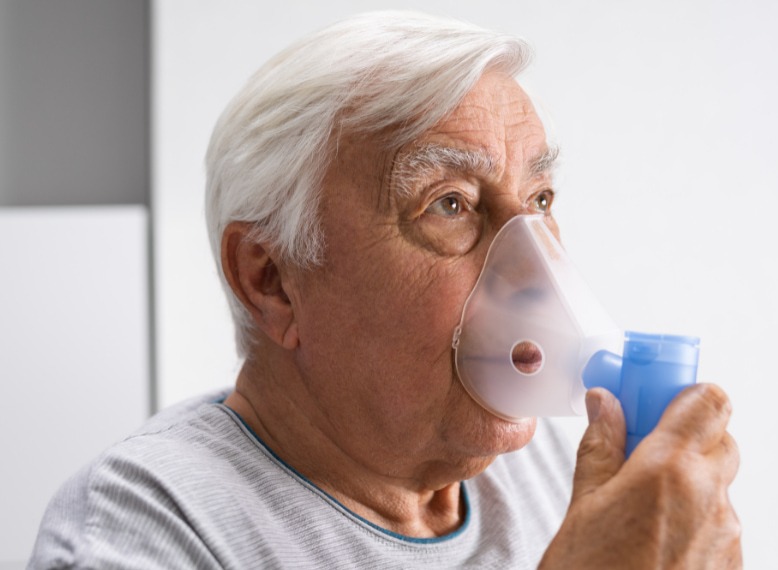FDA-Approved Valve Treatment For COPD Seeing Positive Results
Published Jul 26, 2018

Approximately, 15 million Americans have a debilitating lung condition called COPD. It’s currently the third-leading cause of death.
However, there’s a minimally-invasive treatment, that was just approved by the FDA, which is gaining traction.

Dennis Phibbs has COPD and it left him very short of breath.
“You’re down to like, less than 30 percent lung function,” Phibbs said.
He had trouble walking across a parking lot, or even from the living room to the kitchen.
“Stairs were the worst. You just start slowing down a little bit. And you start breathing heavier,” he said.
The problem with COPD, or Chronic Obstructive Pulmonary Disease, is a loss of elasticity in the lung tissue — it becomes like an overstretched rubber band.
So, people can’t exhale forcefully or completely, air gets trapped, and the lungscan’t work effectively.
Inhaled medicines can open up air passages and decrease inflammation. In some cases, surgery can remove the diseased parts of lung so the healthier parts can expand.
“The folks that we consider these therapies for are becoming more disabled. It starts to interfere with their quality of life, playing with their grandchildren, speaking in full sentences to their loved ones,” UPMC Lung Specialist Dr. Frank Sciurba said.
But, what about a minimally invasive approach that could be done through a scope that goes through the mouth and down into the lung?
That’s where new special valves come in. They work by going into the smaller branches of the airways and collapsing a bad section of lung so the good part with better recoil can inflate more fully.
“Once they’re plugged off, they can only exhale, they can’t let air go in, and that lobe collapses,” Dr. Sciurba said.
In studies, nearly half the people getting the valves saw a 15 percent improvement in lung function compared to those who got the standard medical treatment. Based on this, the valves were recently approved by the FDA.
They have been available in Europe for a decade.
There were complications with the valves: worsening of the lung disease, infections, respiratory failure, and death.
“About 3 percent of patients, which is lower than surgery, did not survive,” Dr. Sciurba said.
One-in-three patients develop a complication called a pneumothorax, or air in the chest cavity. A minor surgical procedure can fix this up.
“These patients are severe, they have no other choices, and they’re willing to take some risk for a real chance at improvement,” Dr. Sciurba said.
You can’t get the valves if you smoke, have bad heart disease or have an allergy to certain metals.
Also, insurance coverage isn’t completely worked out yet.
“We aren’t really sure when we could offer it to our patients, but we’re hoping within the next few months,” Dr. Sciurba said.
Phibbs got his valves as part of a study. He was worried he would be randomly assigned to the comparison group that did not get them.
“First thing when I woke up, I was like, did I get ‘em?” he said.
He did get them. He even had the air in the chest cavity complication. But, eventually he noticed a clear difference in his breathing, especially in everyday activities.
“Drying yourself off, you know, I don’t have to do one leg then wait a few minutes to catch my breath and go do another one,” he said.
If you would like to more information call the UPMC Emphysema/COPD research center in Pittsburgh at (412)-864-3041.
CBS
Comments
You will also like

COPD: understanding the effects of cold weather on the disease and avoiding exacerbations
Nov 20, 2023 • 1 comment

 Facebook
Facebook Twitter
Twitter

